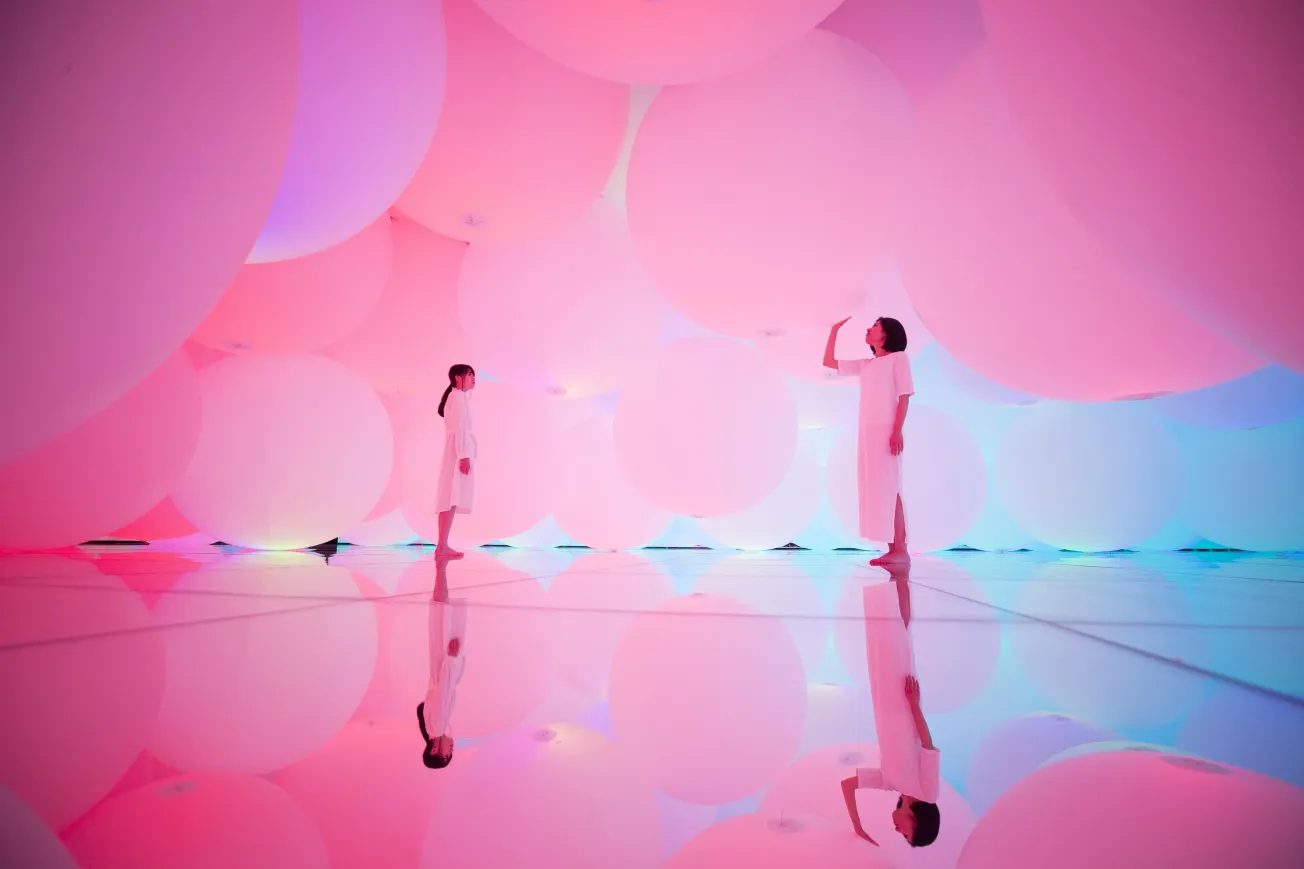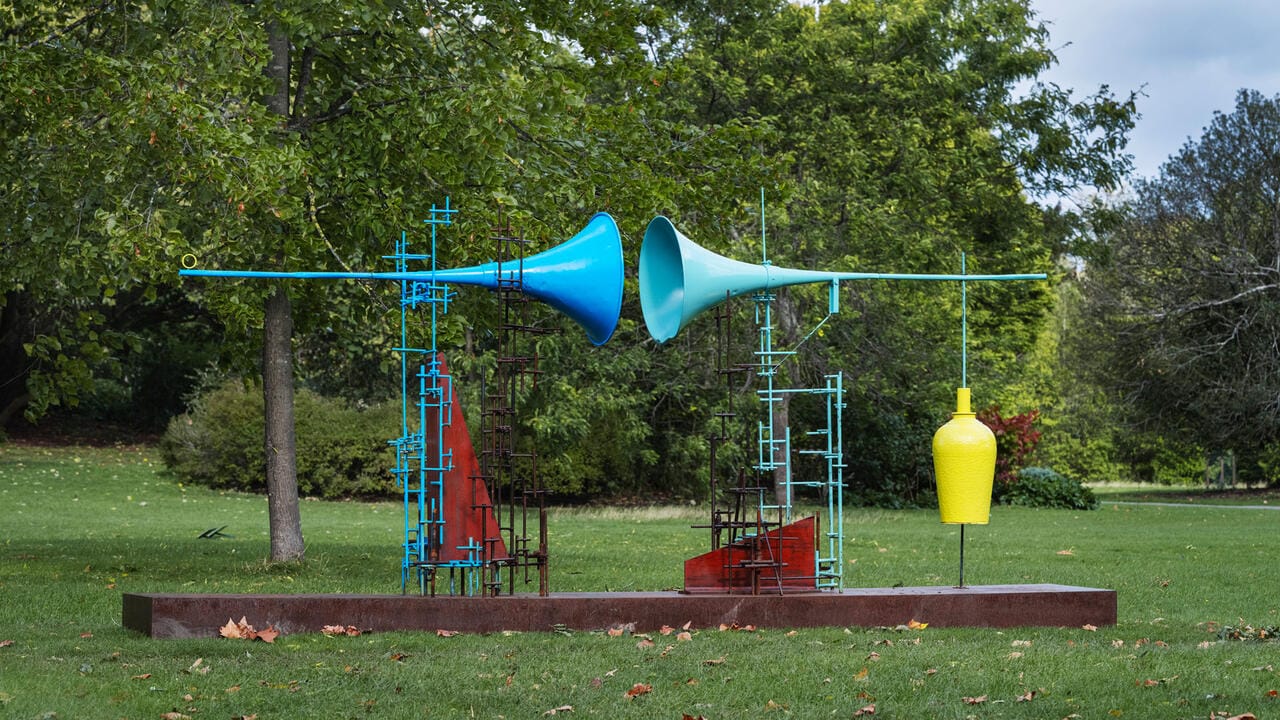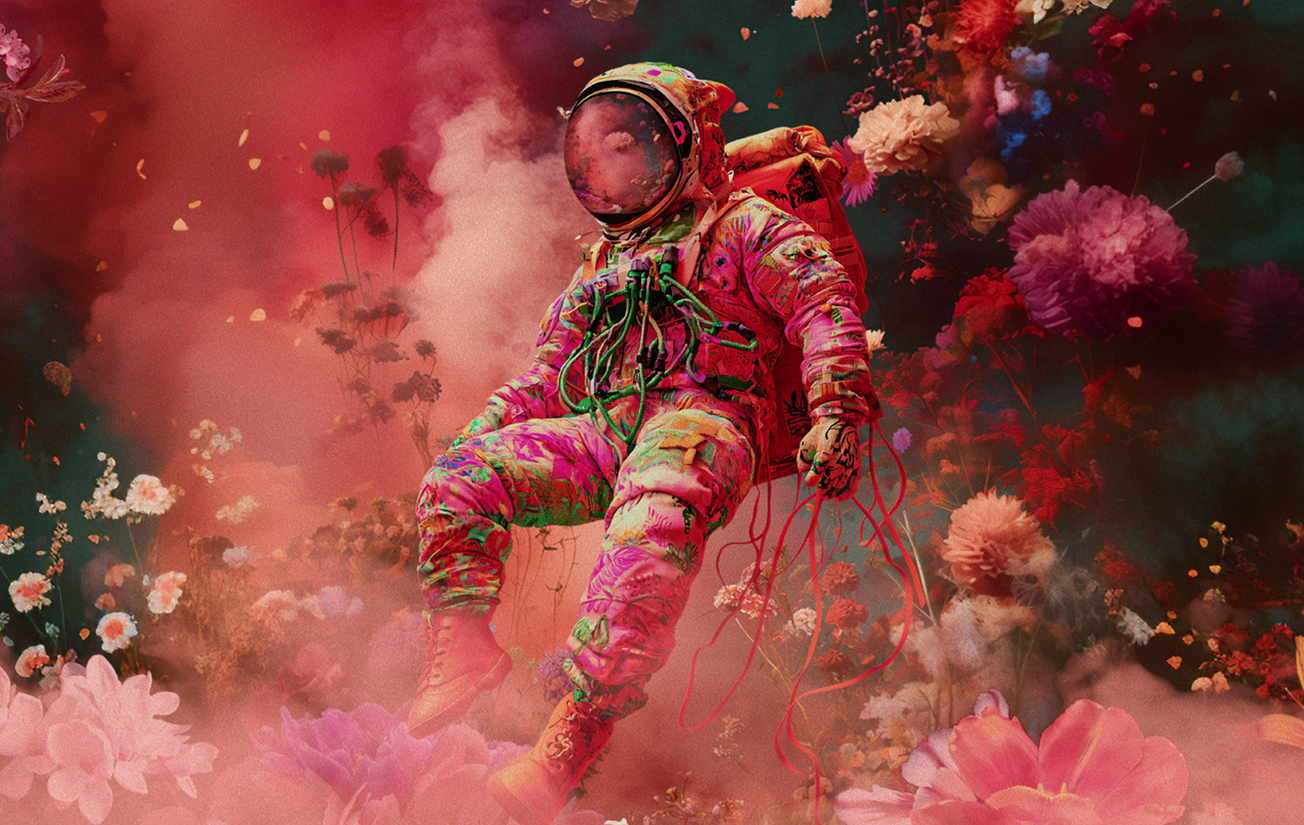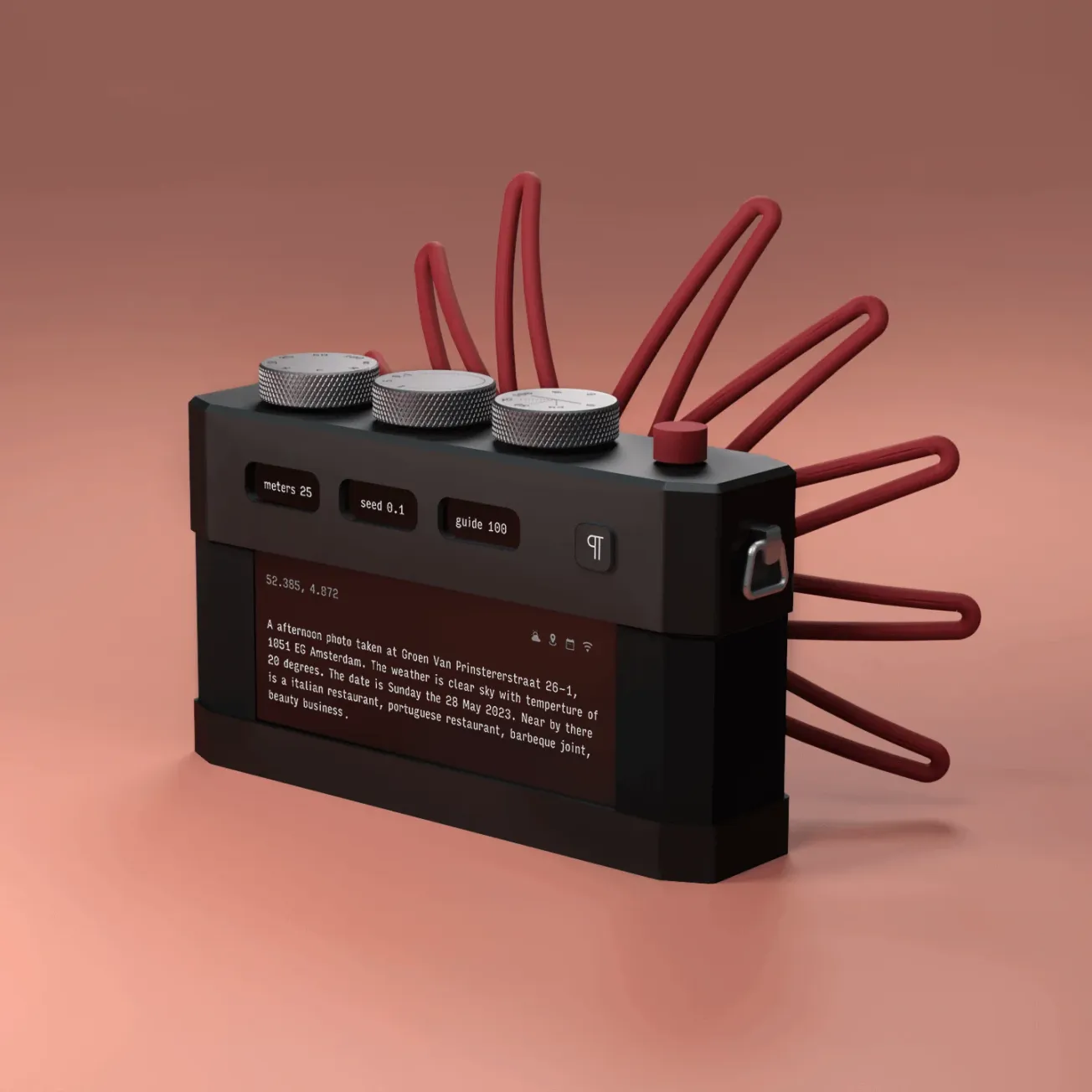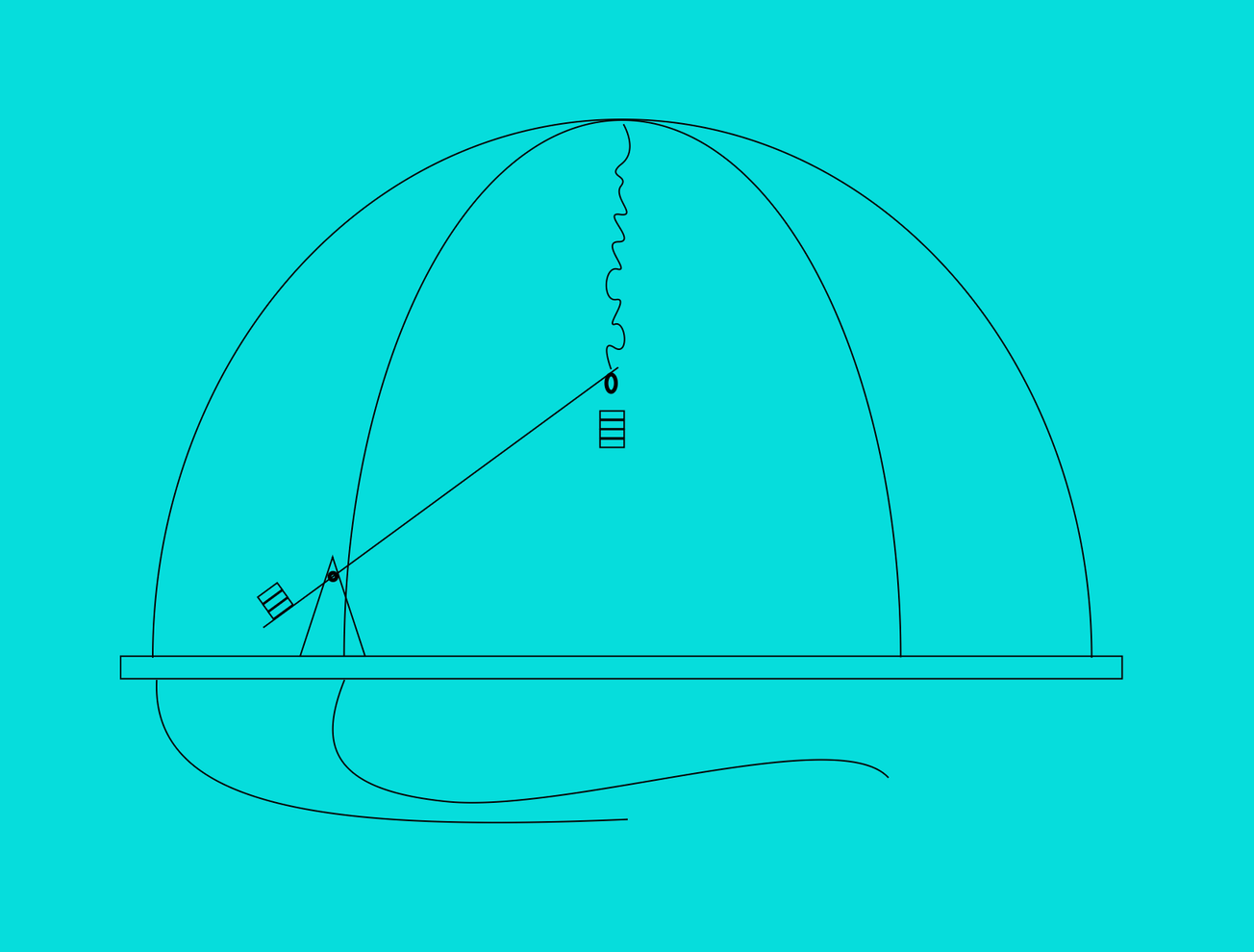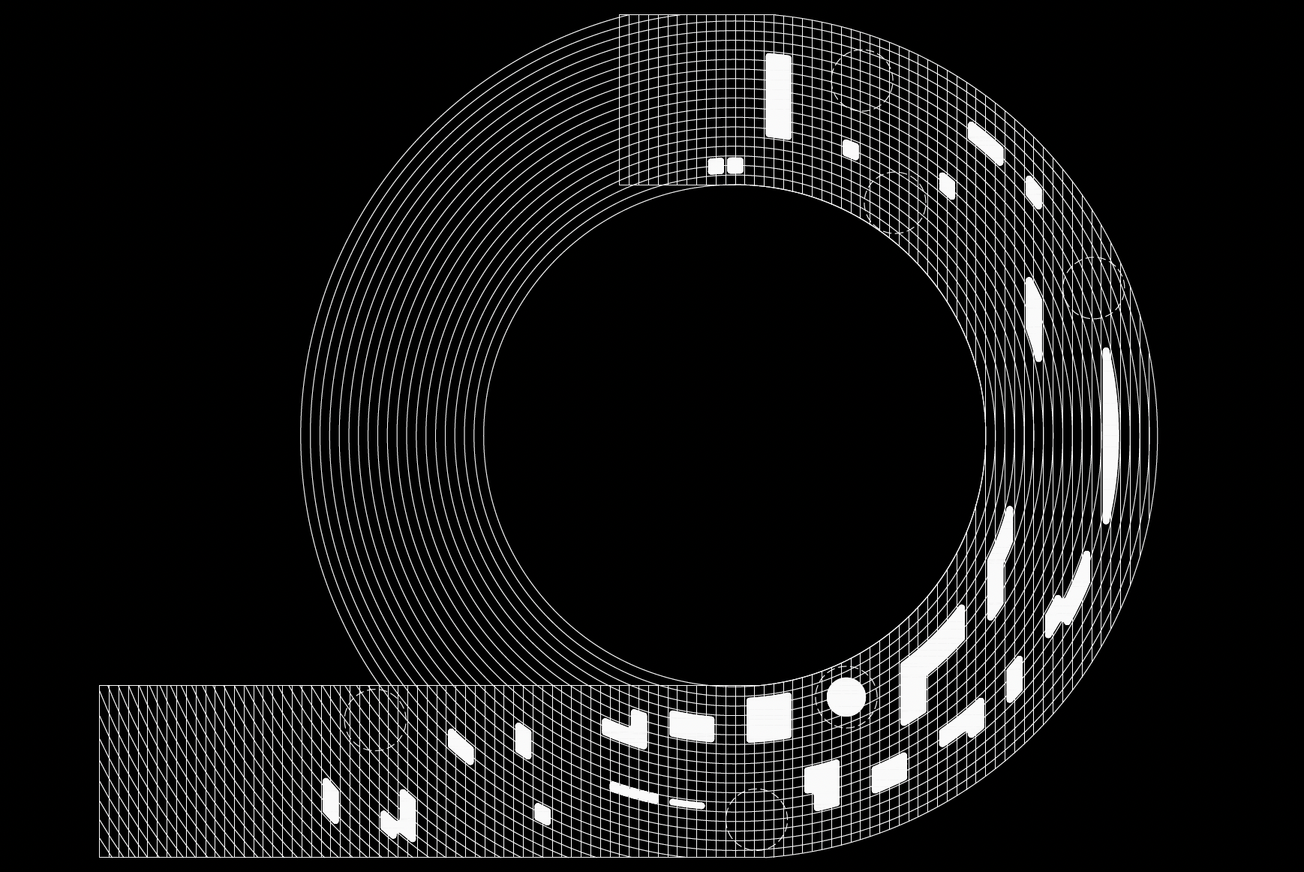Optimization culture has been grinding away at the rough edges of experience for decades. Yet the glitch persists—not as a mistake, but as a counter-signal. Where dominant systems brand errors as defects, a rising movement of artists, designers, and theorists treat them as portals: openings into alternate aesthetics, unconventional knowledge systems, and new possibilities for creation. Once dismissed as technical noise, the glitch now speaks with epistemological authority.
Error as Aesthetic
Aesthetic norms have long been shaped by ideals of precision and flawlessness. But what happens when designers and artists embrace the beauty of breakdown? In glitch aesthetics, error becomes a deliberate form of expression—a method of surfacing the invisible mechanisms beneath polished surfaces.
For most of the digital era, perfection was the finish line. But artists like Rosa Menkman cracked that illusion wide open. In her seminal text The Glitch Moment(um), Menkman contends that glitches force a revelation by exposing the hidden architectures of media technologies. Her art—corrupted JPEGs, ghostly video frames—deploys error as both material and method, compelling viewers to rethink what counts as normal. In projects like A Vernacular of File Formats, she deconstructs common compression errors into rich aesthetic vocabularies.
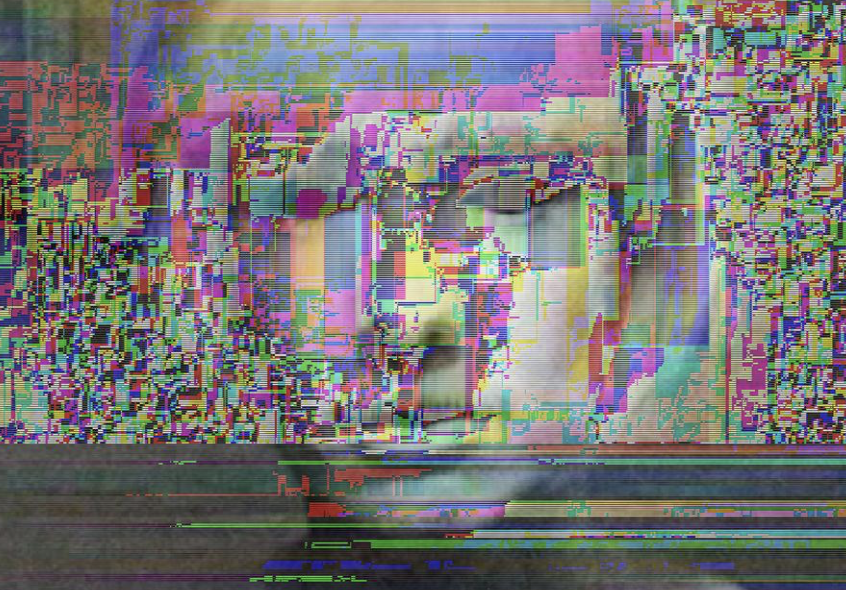
Casey Reas, co-creator of Processing, builds generative systems that embrace complexity and unpredictability, letting accidents drive visual evolution. His Software Structures, heavily inspired by Sol LeWitt’s wall drawings and involved building systems that produce emergent behavior, including unpredictable and broken outputs, don't seek flawless output; instead, they let accidents unfold into intricate, evolving visual landscapes—proof that disobedience can be a design principle. Reas' Computation Drawings series captures the beauty of these algorithmic mutations.
In the glitch aesthetic, what first appears as a flaw becomes a vital, volatile new language—one that questions not just how we see, but what we value in visual culture.
Glitch as Identity
Glitches don't just scramble images and systems—they destabilize identities. If error can reshape aesthetic conventions, it can also help dismantle the rigid architectures that define human bodies, selves, and communities.
In LaTurbo Avedon's universe, the glitch is existential. This nonbinary avatar artist erases the border between creator and creation, showing that identity itself can be a broken, refracted surface. Avedon's work questions the brittle assumptions that separate the "real" from the "virtual," reframing selfhood as a site of glitching potential. Their ongoing New Sculpt series explores how digital sculptures can embody unstable identities.
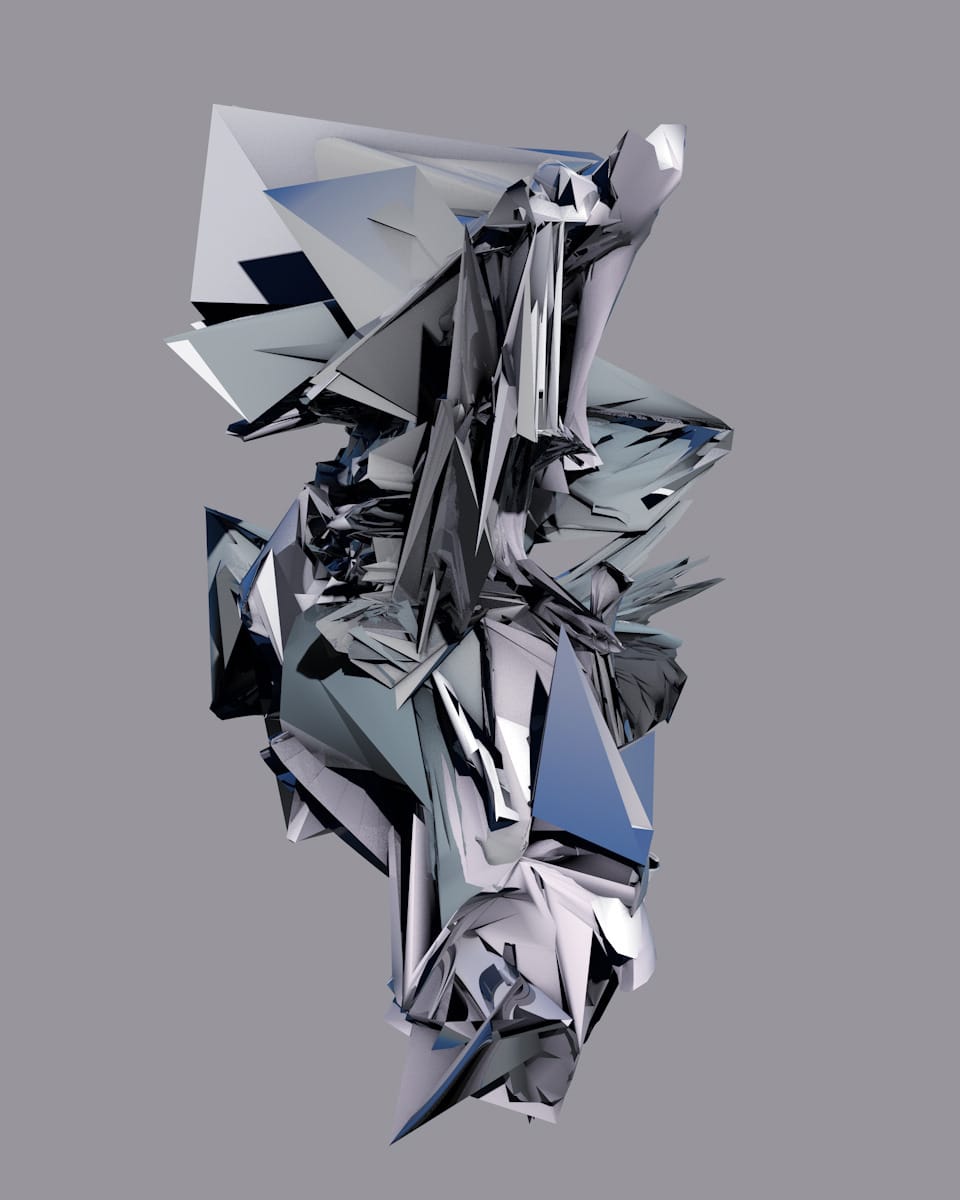

Legacy Russell takes it further with Glitch Feminism: A Manifesto, where she frames the glitch as a tool of resistance. Digital errors, she argues, allow marginalized bodies and identities to rupture the rigid codes of gender, race, and normativity, opening up space for radical new forms of being. The text is a cornerstone in theorizing this movement. As glitch aesthetics spread from pixels to people, they reveal a deeper truth: instability isn't a threat to identity—it's a vital condition of becoming.
Epistemologies of the Broken
If glitching systems and identities change how we create and exist, they also alter how we understand. The broken, the partial, and the unstable are not just aesthetic choices—they are models for how knowledge itself is formed.
Philosophers have also caught the glitch signal. Yuk Hui proposes "cosmotechnics," arguing that technology is always entangled with specific cultural cosmologies. His book The Question Concerning Technology in China delves into how technological thinking diverges across civilizations.
Similarly, Karen Barad's "agential realism" teaches that knowledge itself is messy, entangled, and material—conditions that glitches make vividly visible. Barad's Meeting the Universe Halfway remains foundational for those rethinking objectivity and scientific inquiry. Sadie Plant, a pioneer of cyberfeminism, recognized early that technology was never clean or linear. In Zeros + Ones, she describes computation as a sprawling field of errors, mutations, and feedback loops that defy traditional hierarchies of control.
In glitch epistemologies, certainty collapses. What emerges is a world understood through rupture, entanglement, and the stubborn persistence of error.
Design Futures Built on Error
As the glitch infiltrates deeper into our technological and cultural landscapes, a new vision for design is emerging—one that doesn't resist failure but weaves it into the very fabric of creation. These practitioners don't merely tolerate error; they elevate it into a generative force.

Jonathan Zawada's fractured landscapes and mutated designs reveal the unseen scaffolding of digital worlds. His project Over Time, a series of digital paintings generated by geospatial and environmental data, explores how errors reveal environmental instability.

Similarly, Sabrina Ratté explores architectural ruins and decaying virtual structures through projects like Inflorescences (2023), where glitch aesthetics form speculative ecosystems that evolve over time.
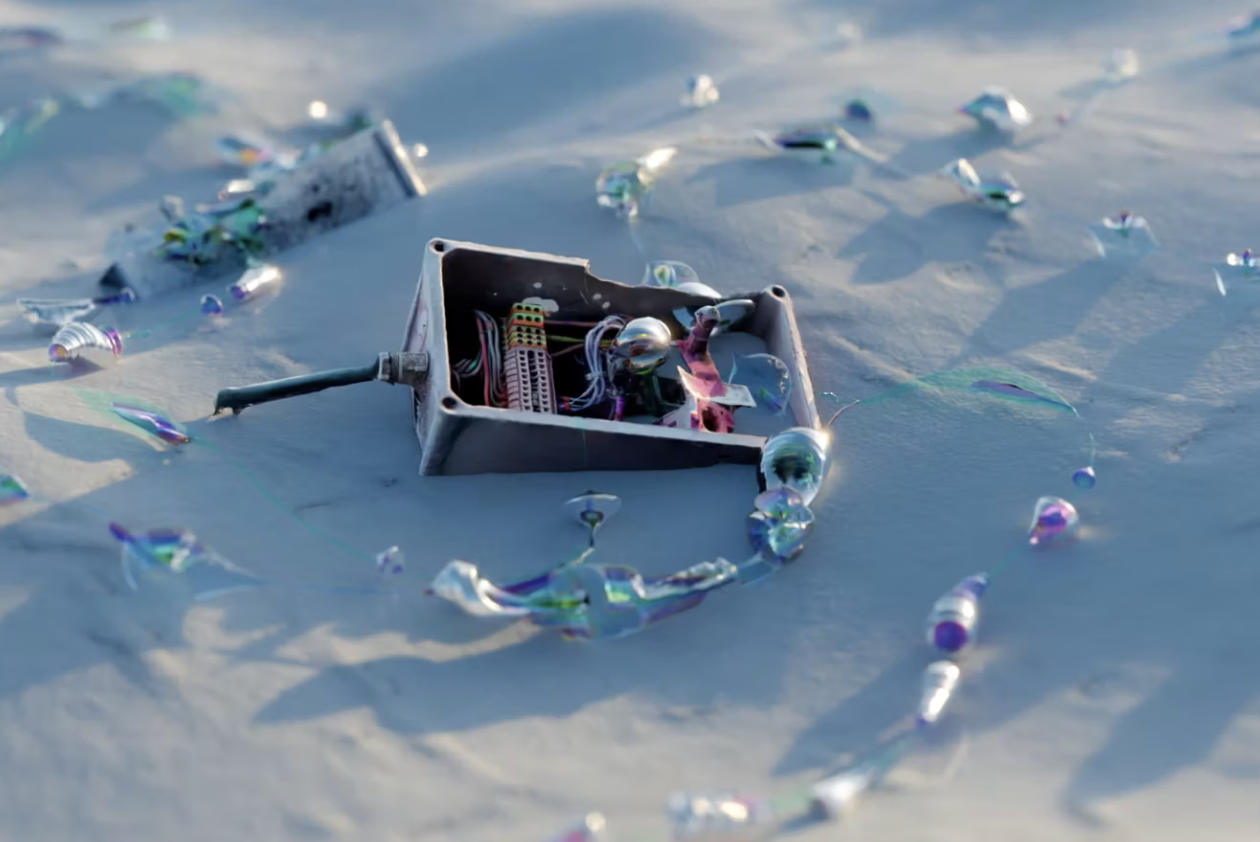
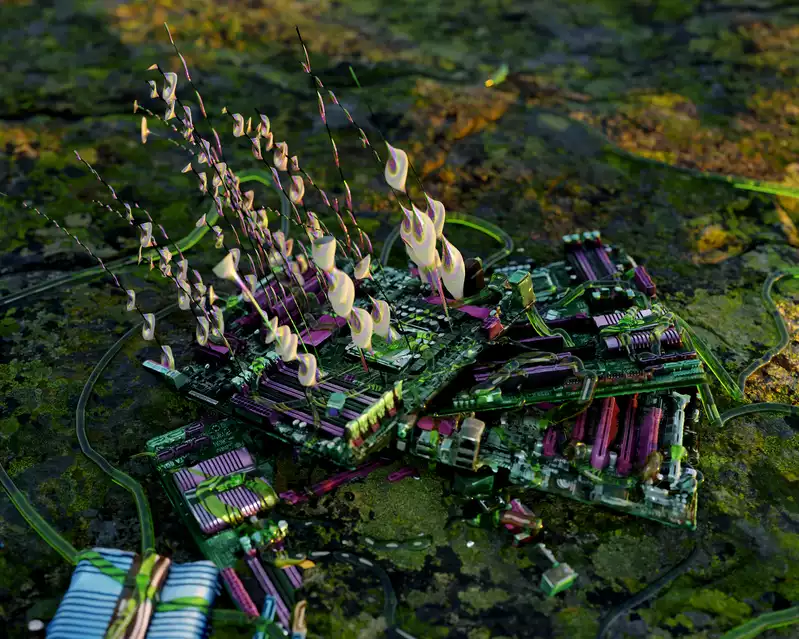
Brenna Murphy, in her project Lattice Domain (2015), uses digital feedback loops, distorted VR spaces, and glitch artifacts to build sprawling, recursive environments that question the stability of virtual worlds and embodied perception.
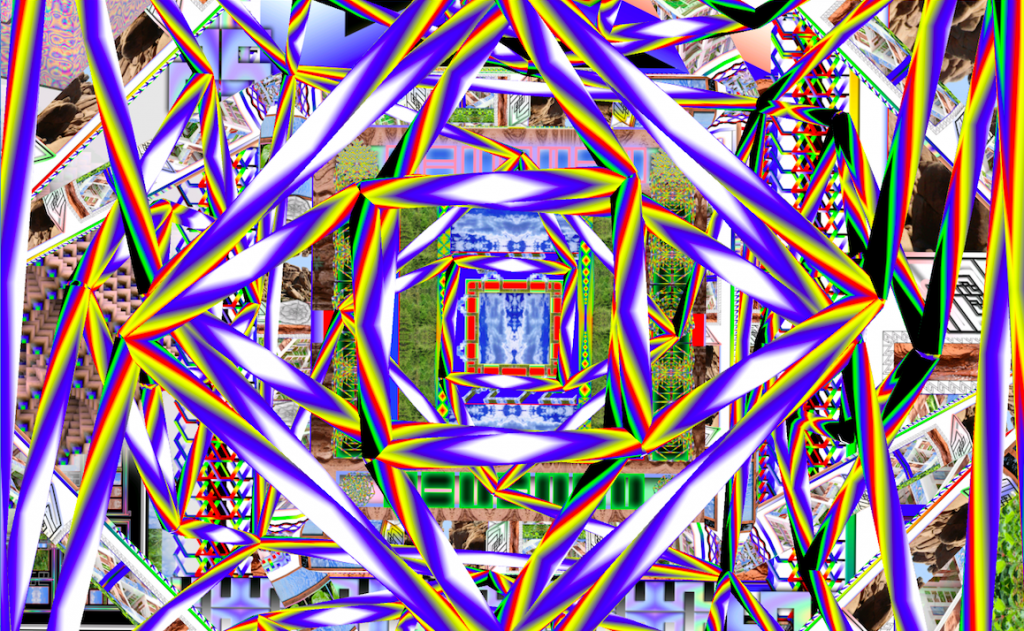
Collectively, their work points to a broader domain wherein brokenness is not an endpoint but a starting place, a space where new aesthetics, new systems, and new understandings can take root.
Toward a New Literacy of Error
The glitch isn't a defect to be patched out; it's an oracle to be consulted. As theorists like Mark Fisher and Benjamin Bratton have shown, today's systems—economic, technological, ecological—are crumbling under their own contradictions. Glitches aren't interruptions; they're revelations.
Learning to read errors isn't just a technical skill. It's an epistemological shift, a way of navigating futures shaped not by seamless control but by resilience, plurality, and creative entanglement. In the fractured signal of the glitch, we glimpse new architectures of knowledge waiting to be built.


